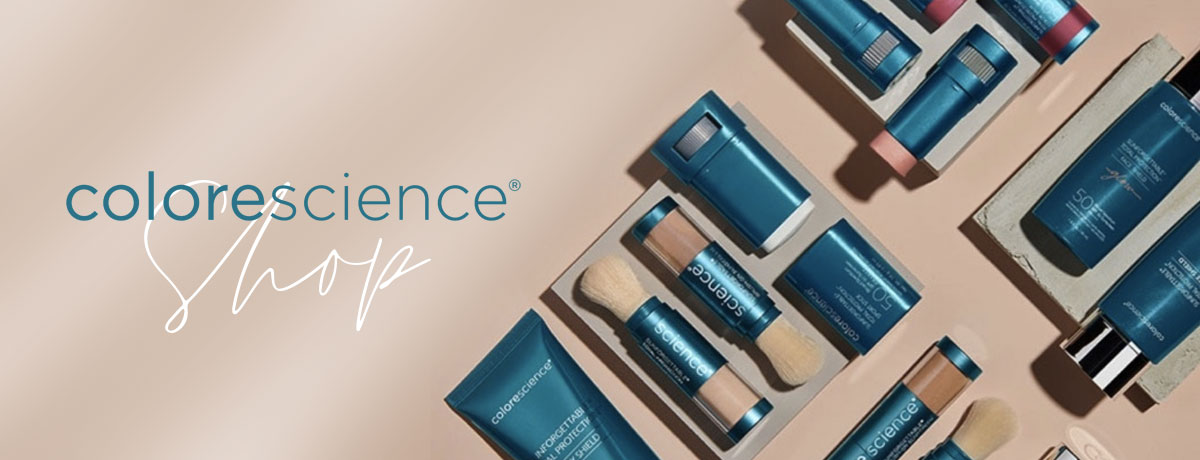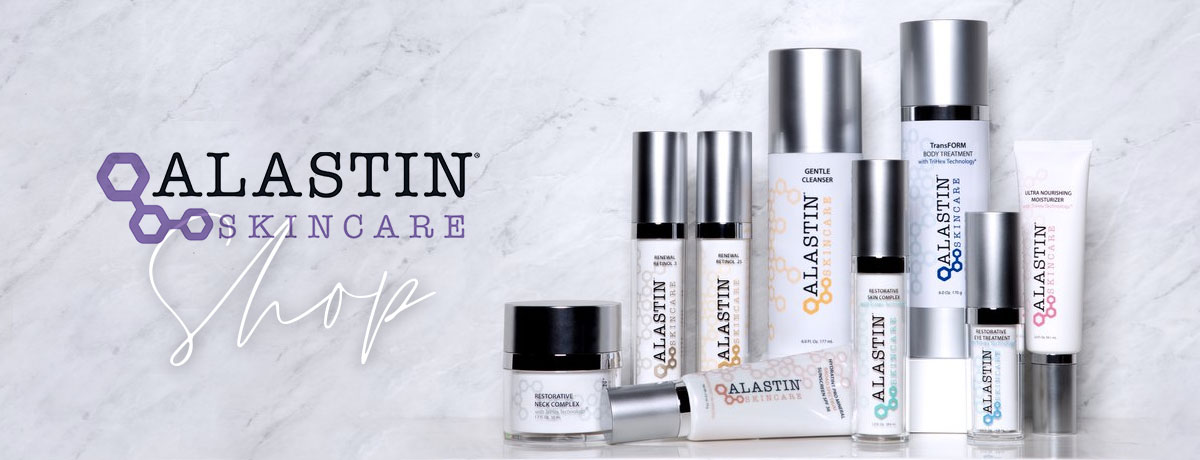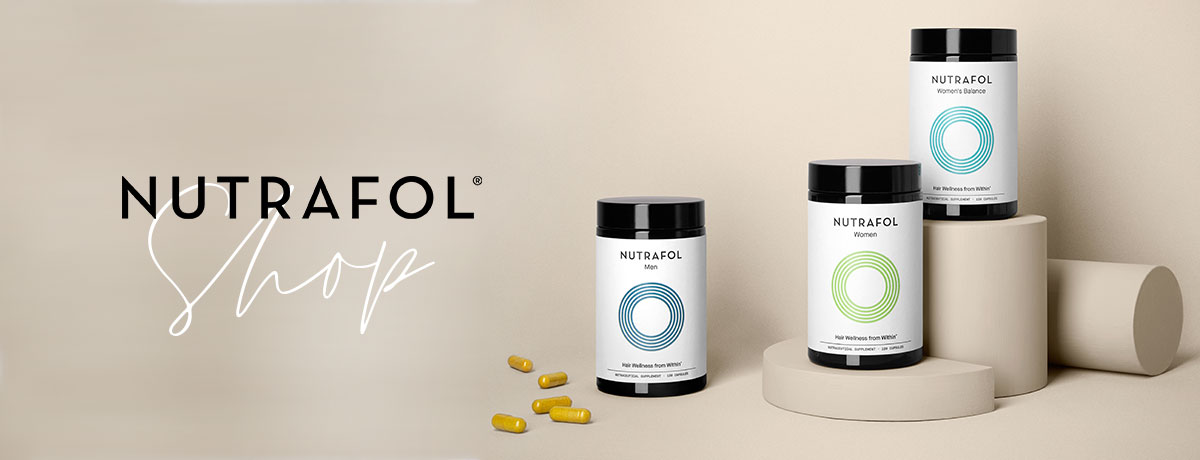Caring for Wounds with Stitches
Clean & Bandage the Wound
-
Leave the initial bandage in place and keep the area completely dry for 24 hours unless otherwise advised.
-
Clean with tap water and a Q-tip twice a day.
-
After cleaning apply white petrolatum (Vaseline) or bacitracin (Polysporin) to keep the area moist. If using Vaseline, buy new Vaseline if the supply you already have is more than three months old. Then cover with a band-aid. If the area is too large to be covered with a band-aid, then use Telfa and paper tape to bandage the wound. Your pharmacy will have these bandage supplies. Do not let the area dry out and become scabbed.
-
Continue the above steps until all of the stitches are removed.
-
Two weeks after the stitches are removed you may begin using an over-the-counter scar pad to improve the appearance of the scar if desired. These can be purchased in any pharmacy without a prescription.
Limit Physical Activity
-
Avoid vigorous physical activity while the stitches are in place – this includes heavy lifting, running, and other sporting activities. Avoid activities that pull or stretch on the area with stitches.
-
Do not put the stitches completely under water – this means no swimming and no bathing in a bath. In the shower, the area can be exposed to running water for a few minutes each day.
-
If the wound is on the lower leg, keep the affected leg elevated to the level of the hip as much as possible and avoid unnecessary walking. This is to avoid excessive swelling and slow wound healing.
Stop Smoking
-
Smoking interferes with wound healing. If you smoke after your skin surgery, you have a greater risk of infection and poor wound healing. This can result in excessive scarring. Do not smoke for at least two weeks after your skin surgery.
-
Please use this as an opportunity to quit smoking forever.
Manage Pain
-
You may take Tylenol for the pain associated with the procedure. The Tylenol is most effective if you take the first dose before the numbing medicine has worn off. You may take the Tylenol as often as directed on the bottle. If the pain is not controlled by the Tylenol, then call our office.
Handle Problems
-
If you have bleeding from the wound, then elevate the area and apply firm and constant pressure to the wound with a clean gauze or cloth. You should hold pressure for fifteen minutes without looking. Use a clock or a timer to count the fifteen minutes. If bleeding continues, then repeat the above procedure but use an ice pack over the cloth to hold pressure. If this does not work, then contact us.
-
If you have excessive swelling, elevate the area and apply an ice pack for fifteen minutes out of every hour while awake. If the swelling continues, then contact us.
-
Excessive redness, swelling, pain or drainage from the wound are possible signs of an infection. If you notice any of these signs, then contact us.
-
If you have these or any other problems, contact us.
Wound Healing Instructions
General Information
Allowing wounds to heal naturally after surgery is sometimes the best option. This process is called second intention wound healing. The wound healing process may take many weeks or months to complete depending on the initial size of the wound. The following instructions will guide you through the process.
Supplies for Wound Care
The following list of supplies can be purchased at any pharmacy.
-
A large tube of white petrolatum
-
Non-adherent Telfa pads
-
Gauze pads or rolls
-
Bandage tape – preferably paper tape
-
Hydrogen peroxide
-
Cotton Tip Applicators (Q-tips)
Steps for Wound Care
Clean & bandage the wound twice a day:
-
Clean the wound with tap water, hydrogen peroxide, q-tips, and gauze.
-
Mix equal parts hydrogen peroxide and tap water in a cup. Clean the wound with this mixture using the gauze and the q-tips.
-
The surface of the wound may bubble due to the hydrogen peroxide.
-
You should apply enough pressure to remove any crusts. The wound bed wound should be pink and moist after cleaning.
-
-
Bandage the wound with white petrolatum, Telfa pads, gauze, and bandage tape.
-
Apply a thick layer of white petrolatum to the wound. This should be as thick as icing on a cake.
-
Apply a Telfa pad to the wound. You can cut the pad to fit the size of the wound.
-
Apply a layer of gauze over the Telfa pad or wrap a roll of gauze around the wound.
-
Secure the bandage in place with tape. The tape should be strong enough to hold the bandage in place, but not so sticky as to tear the skin when it is removed. Paper tape is a good choice for most people.
-
What should I do for pain?
You may take Tylenol for the pain associated with the procedure. The Tylenol is most effective if you take the first dose before the numbing medicine has worn off. You may take the Tylenol as often as directed on the bottle. If the pain is not controlled by the Tylenol, then call our office.
Should I use an antibiotic ointment instead of white petrolatum?
Only if specifically instructed to do so by your doctor. The risk for infection in the wound is very low as long as you are following the prescribed wound care regimen. Many people will become allergic to topical antibiotic ointment with repeated exposure, and it can cause a red itchy rash that is uncomfortable and increases the length of time needed for wound healing.
Will the wound become infected?
Infection is unlikely to occur. The wound may become colonized with bacteria and this can cause a yellowish discharge to form over the wound bed, but this is not an infection. Signs of infection would include redness of the area, warmth, bad smelling discharge, and fever. If any of these symptoms develop, notify your dermatologist.
Can I get the wound wet?
Brief exposure to water will not harm the wound, but you should not submerge the wound in water for prolonged periods. This means no bathing in a tub or swimming. Letting water run over the area in the shower for brief periods is okay.
Should I let the wound dry out and scab?
No. Wounds heal best and quickest in a moist and covered environment. Allowing the wound to dry out and scab will slow the wound healing process.
Can I leave the wound uncovered?
The wound can be left uncovered for brief periods as long as it is kept moist with large amounts of white petrolatum. The wound should always be covered in situations where exposure to dirt or debris is likely.
What do I do if the wound bleeds?
If you have bleeding from the wound, then elevate the area and apply firm and constant pressure to the wound with a clean gauze or cloth. You should hold pressure for fifteen minutes without looking. Use a clock or a timer to count the fifteen minutes. If bleeding continues, then repeat the above procedure but use an ice pack over the cloth to hold pressure. If this does not work, then contact us.




